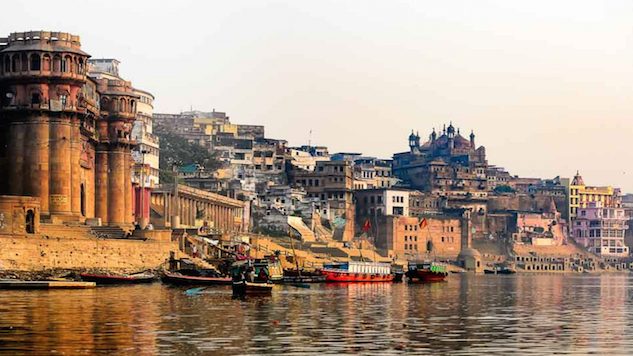EarthRx: What Happens when Rivers Become Recognized as Living Beings?

I heard stories from my mother’s mother who was an American Indian. She was spiritual, although she did not go to church, but she had the hum. She used to tell me stories of the rivers. – Tina Turner
A silent revolution is being orchestrated around the world. Silent that is, only if you cannot hear the ecstatic melody of the gurgling brook, the harmonious chant of the rushing stream and the powerful constant rhythm of the mighty deep river as its carves out its winding path to the waiting sea.
In New Zealand, the Whanganui iwi Maori tribe has been fighting for 140 years, the longest running litigation in the country’s history, to get the Whanganui River recognized as a living entity and granted the same rights as a human being. On March 15, 2017, their fight ended as their bid was passed into law, the first time in world history that a river has been awarded the same legal status as a person.
“We can trace our genealogy to the origins of the universe,” said Gerrard Albert, the lead negotiator for the tribe, as reported in the Guardian. “And therefore rather than us being masters of the natural world, we are part of it. We want to live like that as our starting point. And that is not an anti-development, or anti-economic use of the river but to begin with the view that it is a living being, and then consider its future from that central belief.”
A week later, the mighty Ganges River in India, considered sacred to more than a billion people since time immemorial, was also granted the status of a living human entity, along with its main tributary, the Yamuna River. The judges who ruled in favor of this cited the Whanganui decision as their precedent, thereby transcending national laws to recognize a global shift in consciousness.
“Legal and living entities having the status of a legal person with all corresponding rights, duties and liabilities,” Judges Rajeev Sharma and Alok Singh ruled, as reported in the Guardian.
One of the planet’s most important rivers, and the largest in India itself, the Ganges has been slowly dying as the world’s fastest-growing economy uses it as a refuse bin for everything from industrial farm waste to plastic wrappers on candy bars. Now all of that will be illegal.
Hurting the Ganges and Whanganui rivers will be considered the same as hurting a real person and will carry the same consequences. But there is still confusion as to how these rulings are going to be enforced. In both New Zealand and India, the rivers will be appointed special guardians or custodians that are supposed to represent them and act on their behalf as living entities.
Legalities aside though, what these back to back court cases represent is the recognition of a new way of looking at nature, which is actually as old as humanity itself.
“The reason we have taken this approach is because we consider the river an ancestor and always have,” said Albert of the Whanganui iwi Maori. In India, the River Ganges is known in Hindi as “Mother Ganges” and is personified as the goddess Ganga in sacred texts like the Rig Veda.
Beyond the obvious environmental triumph that these cases represent, there is also a recognition of spiritual perspectives as reality in a way that has been repressed in the modern world for quite some time. And herein lies the revolutionary power.